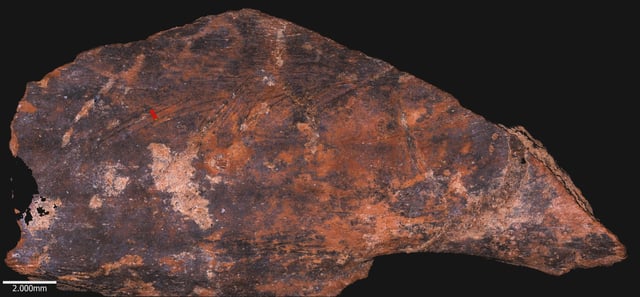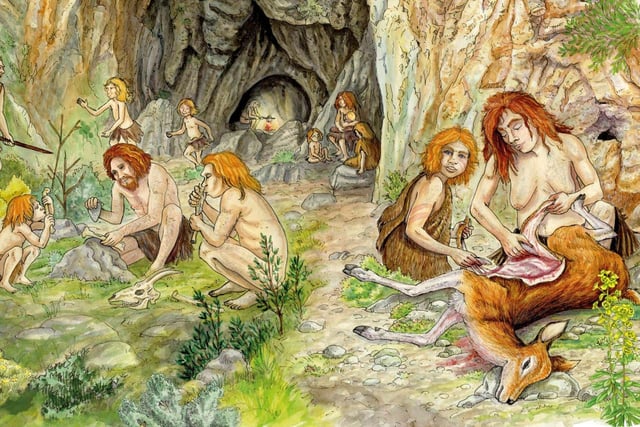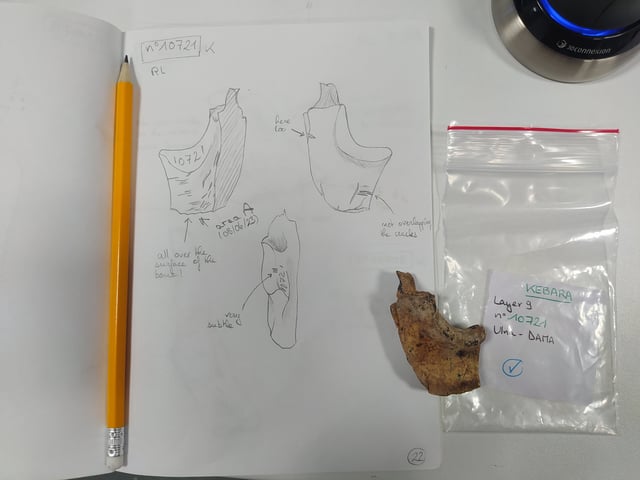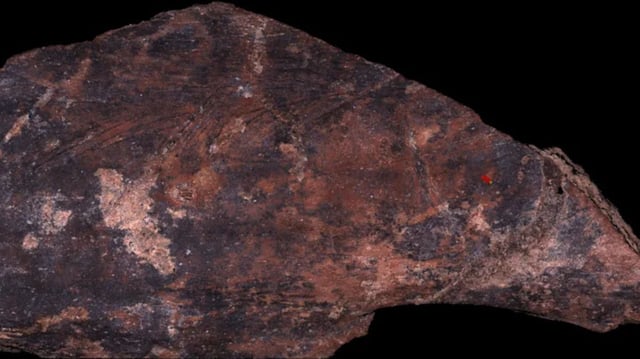Overview
- Neanderthals occupied Amud and Kebara caves in northern Israel during winter seasons 50,000–60,000 years ago using identical flint tools and hunting mostly gazelles and fallow deer.
- Detailed microscopic and macroscopic studies reveal dense, overlapping cut-marks at Amud and more linear, isolated cuts at Kebara despite similar bone types.
- Experimental archaeology ruled out variations in tool technology, butcher expertise and prey species as causes of the divergent cut-mark patterns.
- Researchers suggest that Amud inhabitants may have pretreated meat by drying or aging it and that differences in group organization could have influenced butchery methods.
- Consistent cut-mark patterns across multiple occupation layers at each cave indicate long-term social learning and cultural transmission of butchery practices



